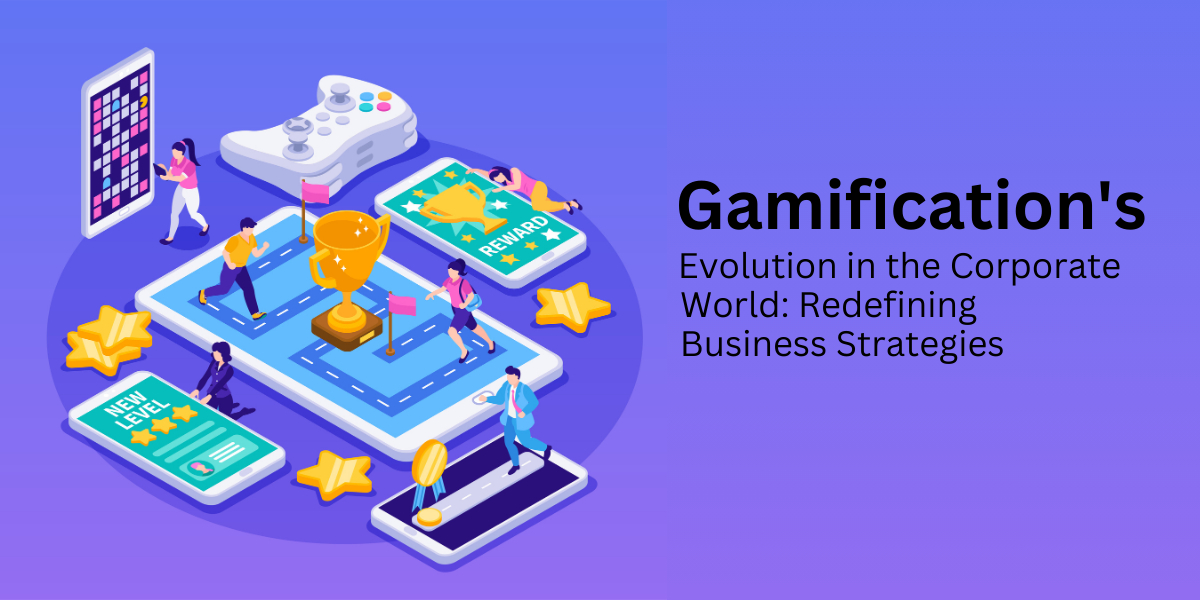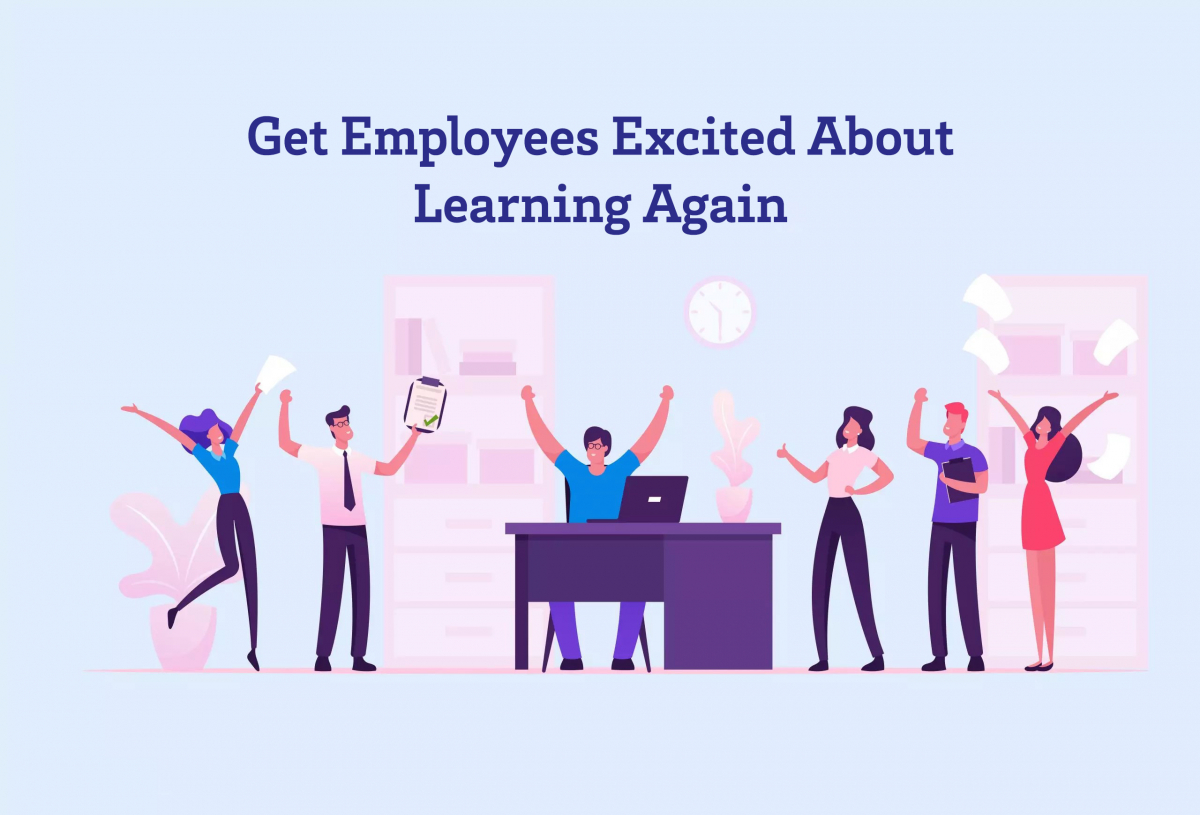Gamification, once associated primarily with video games, has grown into a powerful business tool in the corporate world. Its ability to engage, motivate, and influence behavior has transformed how organizations approach employee engagement, customer loyalty, and training strategies. This article delves into the evolution of gamification and its impact on redefining business strategies in the corporate realm.
The Origins of Gamification
The concept of gamification stems from the principles of game design, where elements like challenges, rewards, and storytelling captivate players. Initially, gamification was used in marketing to foster customer loyalty. Programs like airline frequent-flyer miles and Starbucks Rewards are early examples of using game mechanics in non-game contexts.
Gamification in the Corporate World: A Strategic Shift
Over time, gamification moved beyond consumer-facing applications into the corporate sphere. Organizations recognized its potential to solve internal challenges like employee disengagement and lackluster training outcomes. By integrating game elements into workplace activities, businesses began to see significant improvements in productivity, learning, and retention.
Key Areas of Application:
1. Employee Engagement: Companies use gamification to create dynamic work environments. By incorporating point systems, leaderboards, and badges, they encourage employees to achieve targets while fostering healthy competition.
2. Learning and Development: Gamified training platforms enhance employee learning experiences by making educational content interactive. Simulated scenarios and role-playing games help employees practice real-world tasks in a risk-free setting.
3. Customer Loyalty Programs: Businesses create interactive reward systems to build long-term customer relationships. Apps like Duolingo and Nike Training Club exemplify gamification's impact on engagement and retention.
4. Performance Management: Gamified dashboards enable real-time feedback, making performance evaluations transparent and motivating employees to achieve better results.
The Technological Backbone of Gamification
The rise of digital platforms, AI, and big data analytics has fueled gamification's growth. These technologies allow for personalized experiences, adaptive challenges, and insights into user behavior. Virtual reality (VR) and augmented reality (AR) are further enhancing immersive gamified training programs.
Examples of Technology-Driven Gamification:
● Salesforce: Its "Trailhead" program uses gamification to train users on its platform, providing badges and points for completing modules.
● Microsoft: The "Language Quality Game" transformed the tedious task of software translation into an engaging challenge, improving quality and employee satisfaction.
Benefits of Gamification in Business Strategies
1. Enhanced Engagement: Interactive and rewarding activities keep employees and customers invested in the brand.
2. Improved Knowledge Retention: Gamified learning increases participation and ensures that knowledge is retained longer.
3. Boosted Productivity: Game mechanics create a sense of accomplishment, motivating employees to meet their goals efficiently.
4. Strengthened Team Collaboration: Multiplayer gamification elements promote teamwork and communication among employees.
Challenges and Considerations
Despite its advantages, gamification is not without challenges. Poorly designed systems can lead to disinterest or, worse, demotivation. Over-reliance on extrinsic rewards may reduce intrinsic motivation. Therefore, careful planning, user feedback, and regular updates are crucial for success.
The Future of Gamification in Corporate Strategies
As organizations continue to embrace gamification, its applications will evolve with emerging technologies. AI-powered personalization, blockchain for transparent rewards, and deeper integration with VR/AR will redefine gamified business strategies. Moreover, as businesses focus on sustainability and diversity, gamification can drive these initiatives by engaging stakeholders in meaningful ways.
Conclusion
Gamification has transitioned from a novelty to a cornerstone of corporate strategy. By blending fun with functionality, it redefines how businesses operate, train employees, and interact with customers. As technology advances, gamification will remain a key player in shaping the future of the corporate world.




